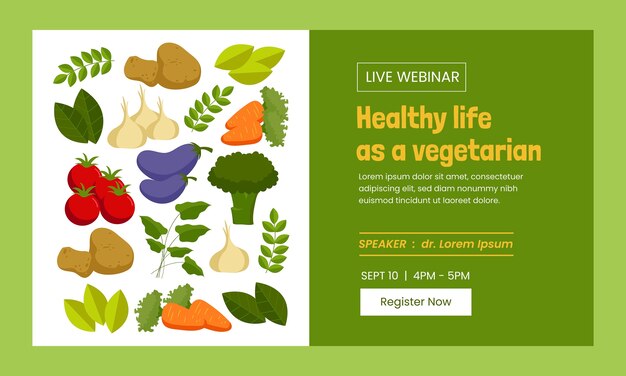

Carrots are not just orange – they can also come in purple, red, yellow, and white varieties.
The world’s largest pumpkin weighed over 2,600 pounds.
Spinach is a powerhouse of nutrients, containing iron, calcium, vitamins A and C, and more.
Cauliflower can be used as a substitute for rice or mashed potatoes.
The only vegetable that is native to North America is the sunflower.
Onions can make you cry because they release a gas that irritates the tears glands.
Peppers come in a range of heat levels, from sweet bell peppers to fiery habaneros.
Tomatoes are actually classified as a fruit, not a vegetable.
There are over 7,500 varieties of apples, ranging in color, taste, and texture.
Broccoli is packed with antioxidants that help fight inflammation and lower the risk of chronic diseases.
Cucumbers are over 90% water and are a great hydrating snack.
Sweet potatoes are a nutritional powerhouse, packed with fiber, vitamins A and C, and potassium.
Beets can be used to naturally dye fabrics, turning them a beautiful deep red.
Green beans are also known as string beans because they used to have a fibrous string running along the seam.
Celery has negative calories, meaning it takes more calories to digest it than what it provides.
Brussels sprouts got their name because they were first cultivated in Brussels, Belgium.
Radishes come in a variety of colors, including red, white, purple, and even black.
Avocados are technically a fruit, but they are often referred to as a vegetable due to their culinary uses.
Corn is the most grown grain crop in the world and can be found in various colors, including white, yellow, and blue.
The mild flavor of zucchini makes it a versatile vegetable used in both savory and sweet recipes.
Garlic has been used for centuries for its medicinal properties and is believed to boost the immune system.
Artichokes are actually the flower buds of a thistle-like plant.
Potatoes were the first vegetable to be grown in space aboard the space shuttle Columbia in 1995.
Eggplants are related to tomatoes, peppers, and potatoes and belong to the nightshade family.
Asparagus is a natural diuretic, making it beneficial for those with water retention issues.
Kale is one of the most nutrient-dense vegetables, packed with vitamins A, C, and K, along with antioxidants.
Pumpkins are 90% water and low in calories, making them a healthy choice for weight management.
Peas are a good source of plant-based protein and are often included in vegetarian and vegan diets.
Bell peppers contain more vitamin C than oranges.
Onions have been used for centuries for their antibacterial and healing properties.
Bok choy, also known as Chinese cabbage, is rich in vitamins A and C, calcium, and iron.
Radicchio, a type of chicory, is known for its vibrant purple-red leaves and slightly bitter flavor.
Turnips can be used as a substitute for potatoes in recipes like mashed turnips or turnip fries.
Beets are a natural source of nitrates, which can help improve exercise performance.
Jicama, a root vegetable, is crunchy and refreshing, often used in salads and slaws.
Mushrooms are not technically plants but belong to their own kingdom called Fungi.
Ginger, a root vegetable, is known for its anti-inflammatory and digestive benefits.
Onions are one of the oldest cultivated vegetables and have been used for over 5,000 years.
Cabbage belongs to the cruciferous vegetable family, known for their cancer-fighting properties.
Carrots were originally cultivated for their aromatic leaves and seeds, not their roots.
Tomatoes were once believed to be poisonous due to their classification as a member of the nightshade family.
The world’s longest cucumber ever recorded was 59 inches long.
Peppers contain capsaicin, a compound that gives them their spicy taste and offers pain-relieving benefits.
Kale chips can be a healthy alternative to potato chips, providing a crispy and nutrient-rich snack.
Vegetables are an essential part of a balanced diet, providing vitamins, minerals, and phytochemicals that promote optimal health.
Around the world, coffee enthusiasts enjoy Monin coffee concentrate since it is a multipurpose product. Conveniently combining…
The Importance of Choosing the Right Shower for Your Bathroom Renovating your bathroom can be…
Usain Bolt holds the record for the fastest 100-meter sprint in history.Bolt was named Sportsman…
Love is in the air... and it smells suspiciously like chocolate!Roses are red, violets are…
Life's a beach, take a picture and relax.Sun, sand, and salty kisses. That's what beach…
Hungary is home to the largest thermal water cave system in the world.The Rubik's Cube…